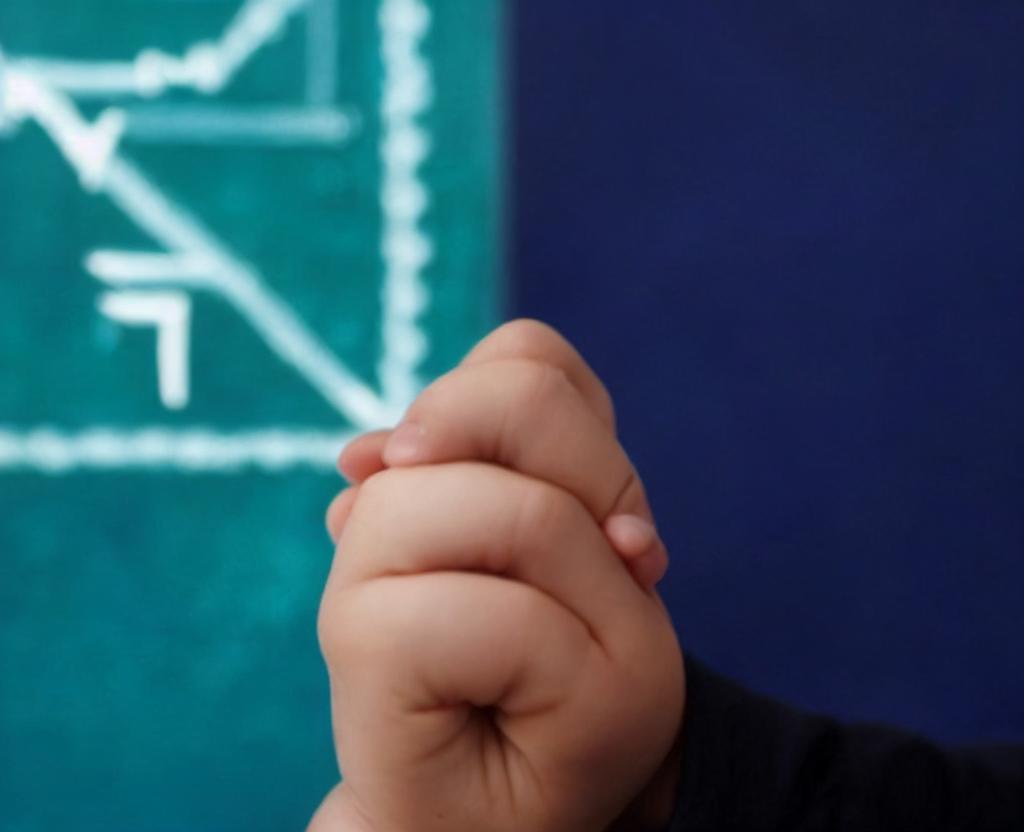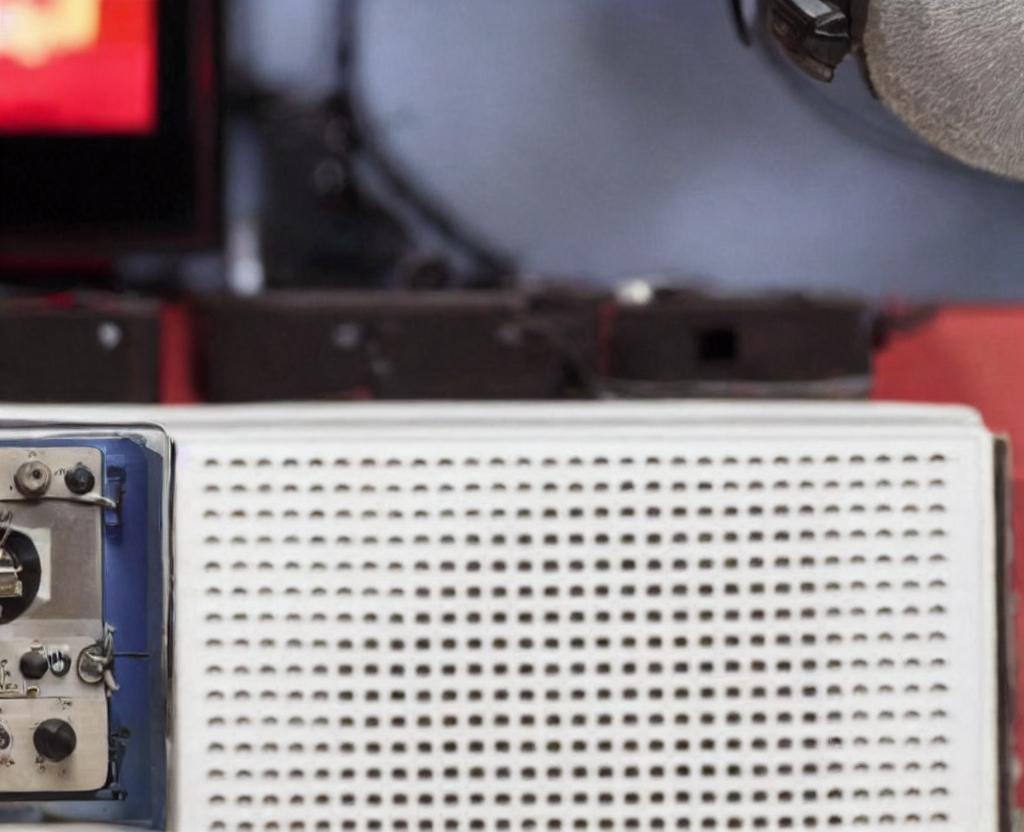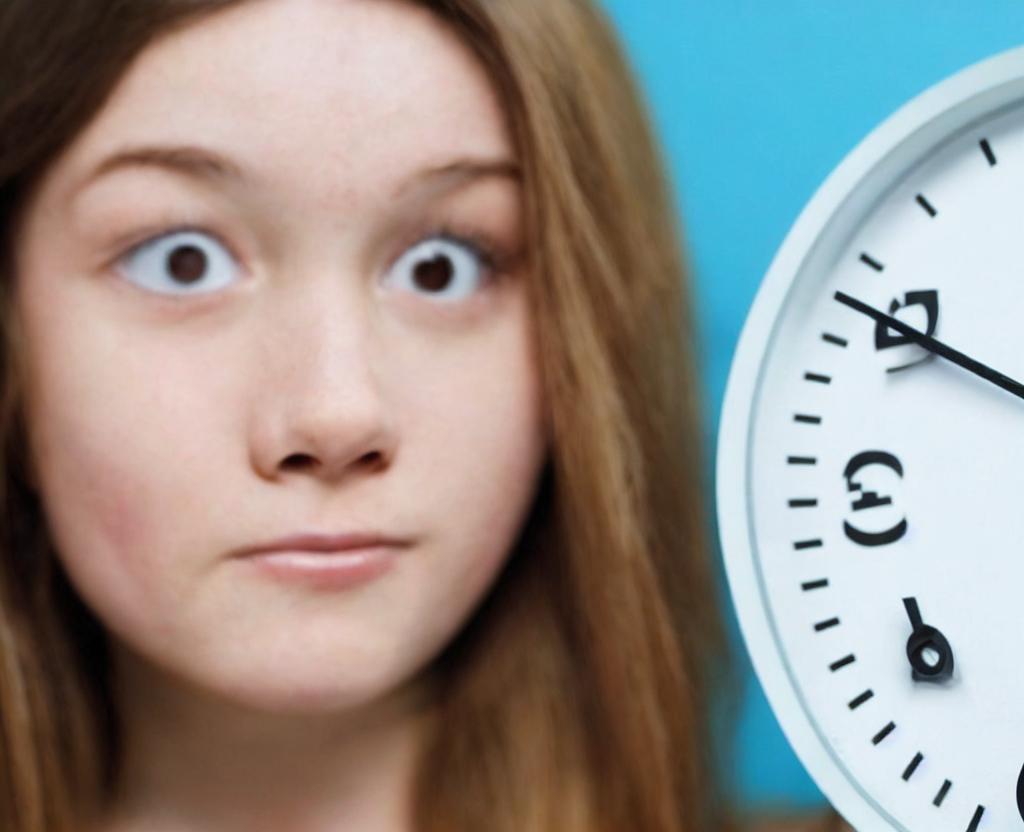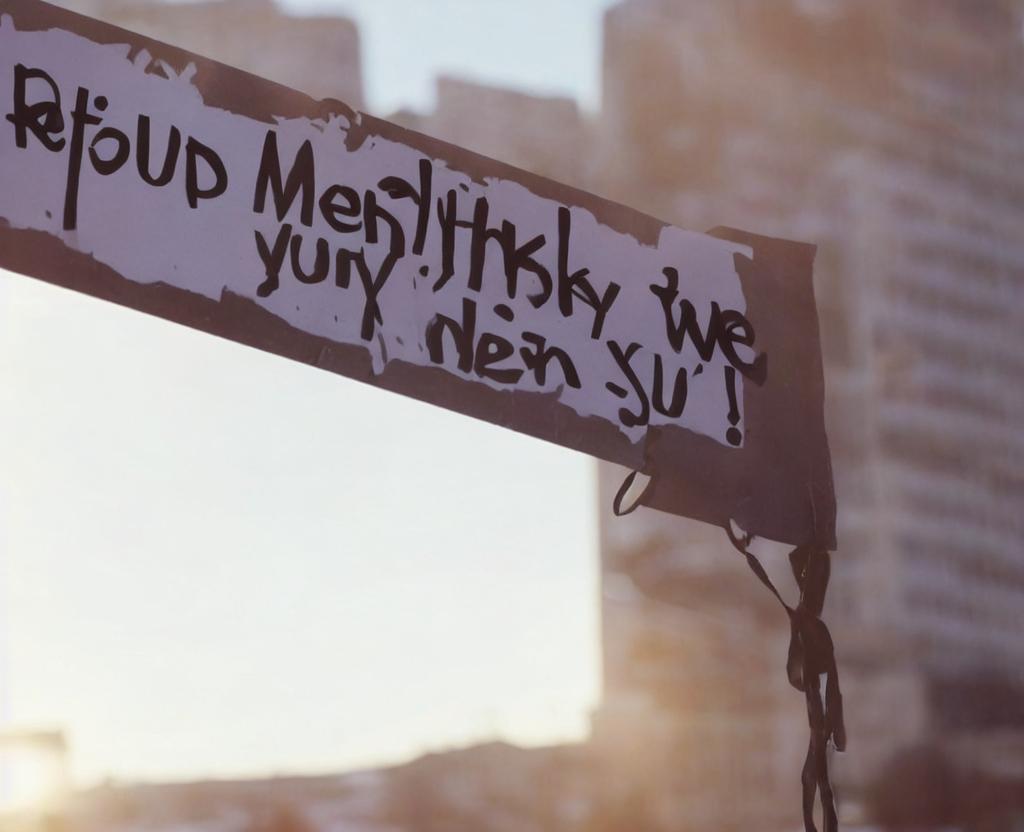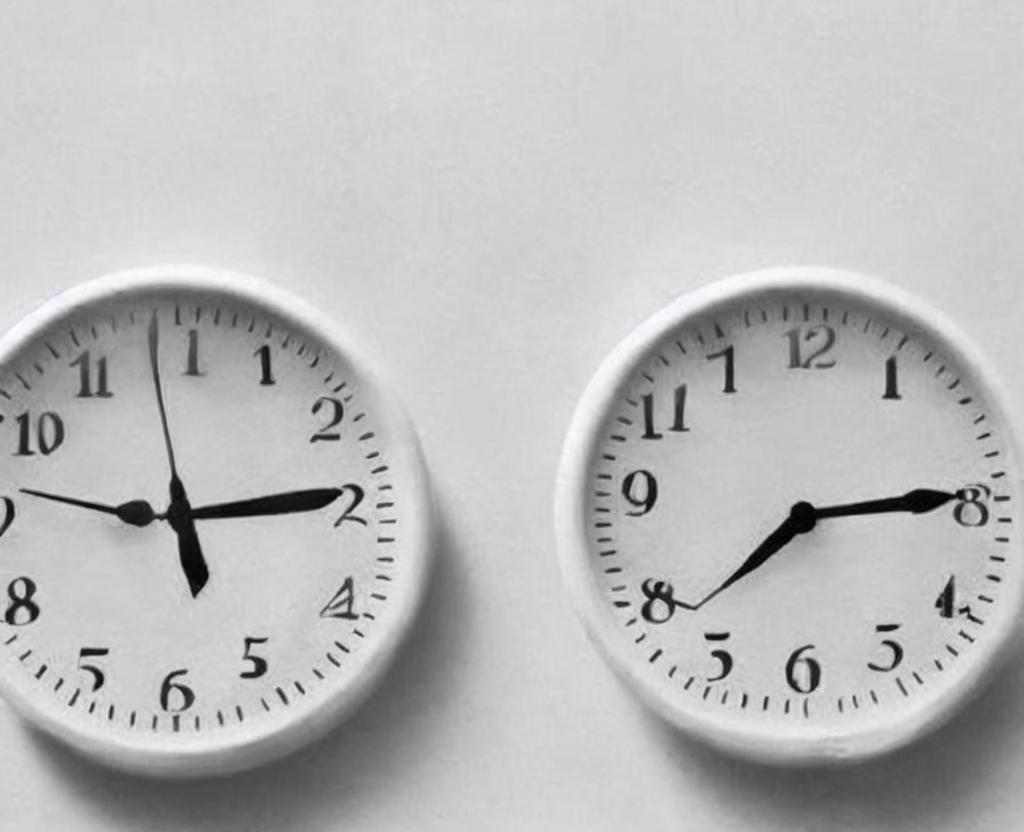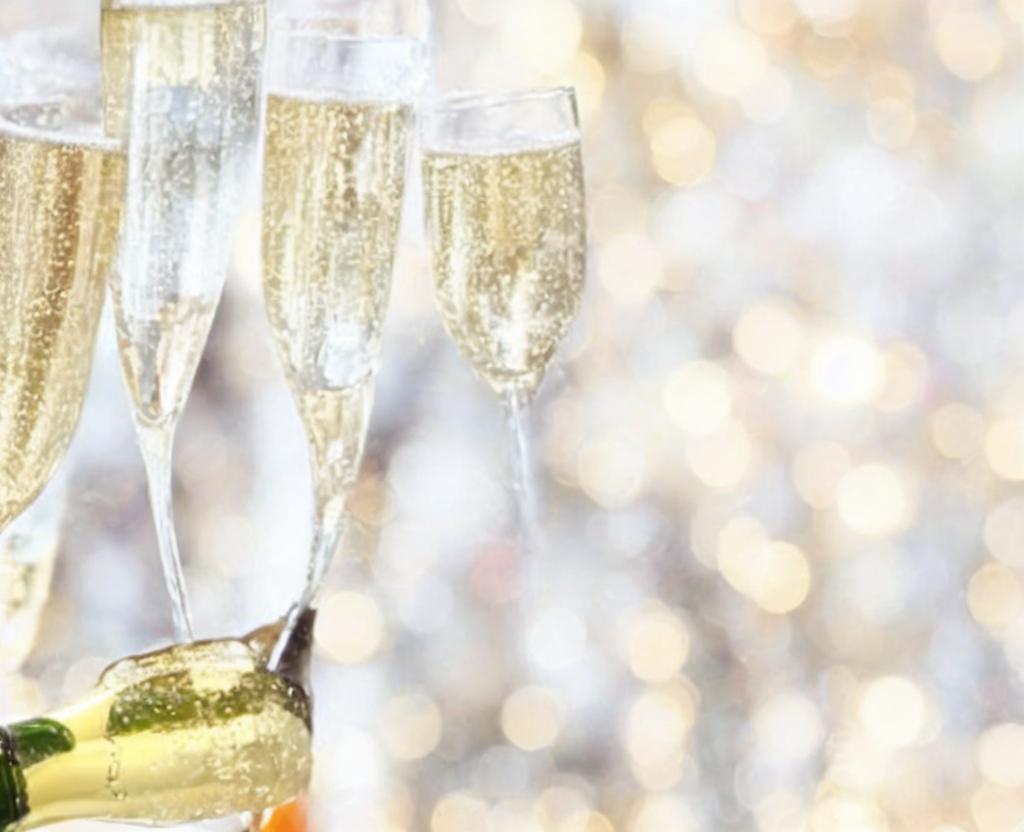
National Champagne Day
National Champagne Day honors the wine that makes the pop in every New Year's Eve celebration.
Genuine champagne only comes from France's Champagne region. The French law guarantees where and how it is made. Only Champagne made to set specifications and within the French region may identify their wines by the term "Champagne." With some exceptions, only Champagne made according to set guidelines and within the French region can identify their wines using the term "Champagne." In France and other areas of the world, other foods and beverages are also covered by this type of security.
Champagne, France, is located northeast of Paris and supplies the grapes required for Champagne due to the right temperature and soil. Only eight varieties of grapes are allowed for the production of Champagne in the Champagne region under French rule. The three grapes used to make Champagne are Chardonnay, Pinot Noir, and Pinot Meunier, and Primarily, are Chardonnay, Pinot Noir, and Pinot Meunier.
Unlike other wines, the champagne ferments in the bottle, allowing the vintner to capture the CO2 in the bottle. The bubbles give Champagne its effervescence.
While Champagne can be costly, other sparkling wine styles are available from Italy, California, and even the South of France. Although Champagne can be expensive, if you're looking for a little pop on New Year's Eve. They have a luster that will not put a fizzle in your wallet. No matter the cost, there are times when some New Years mean a moment for splurging and celebrating no matter the cost.
How to recognize #nationalchampagneday in the United States.
Pop open a bottle of your new champagne.. (Remember to drink responsibly and never drink and drive.)
Make it extra special by making it extra special. When you celebrate, try these food pairings: Try these food pairings: Try these food pairings.
- Try smoked salmon or a dish made with smoked gouda or another favorite cheese, especially if the Champaign is acidic
- Satisfy your sweet tooth – If you're planning on a sparkling wine like a Moscato, berries, citrus, and dainty pastries, the New Year will be a success
- Many Champagnes are able to withstand the heat of spicy entrees and appetizers. Spice it up – Many Champagnes keep up the heat. These flavors make it to the table all night long
To post on social media, use #NationalChampagneDay.
Champagne FAQ
Q. Who was Dom Perignon?
A. Dom Perignon, a 17th-century Benedictine monk, doubled the vineyard's size while serving as cellar master of the Abbey of Hautvillers... Under his direction, the vineyard flourished. He is credited with inventing techniques that improved the quality of champagne wine.
Q. What kind of celebrations could I celebrate with a bottle of champagne?
A. Some of the obvious festivities include weddings, New Year's Eve, christening a ship, and a big celebration. Other Champagne-worthy festivities include:: The following are among the champagne-worthy celebrations::
- Retirement
- Winning a championship is a feat
- Buying a home
- Opening a business
- Reaching a big goal
- Winning a major award is a major achievement..
- Earning a Ph.D
Is champagne bad? Q. Does champagne go bad? Yes, yes. Champagne has a shelf-life of about 3-10 years, depending on whether the champagne is vintage or non-vintage. Champagne bottles that are non-vintage have a shorter shelf life.
